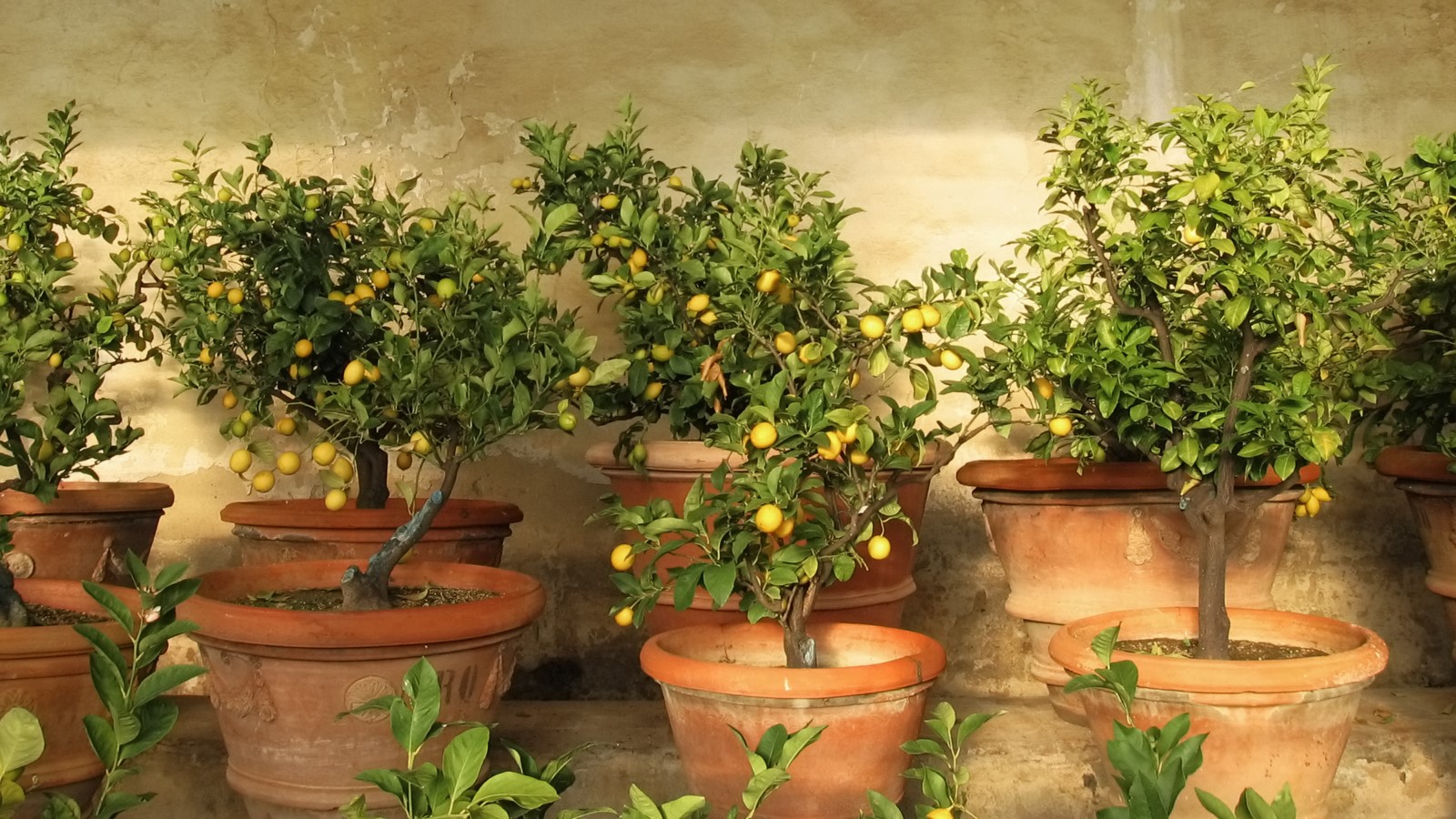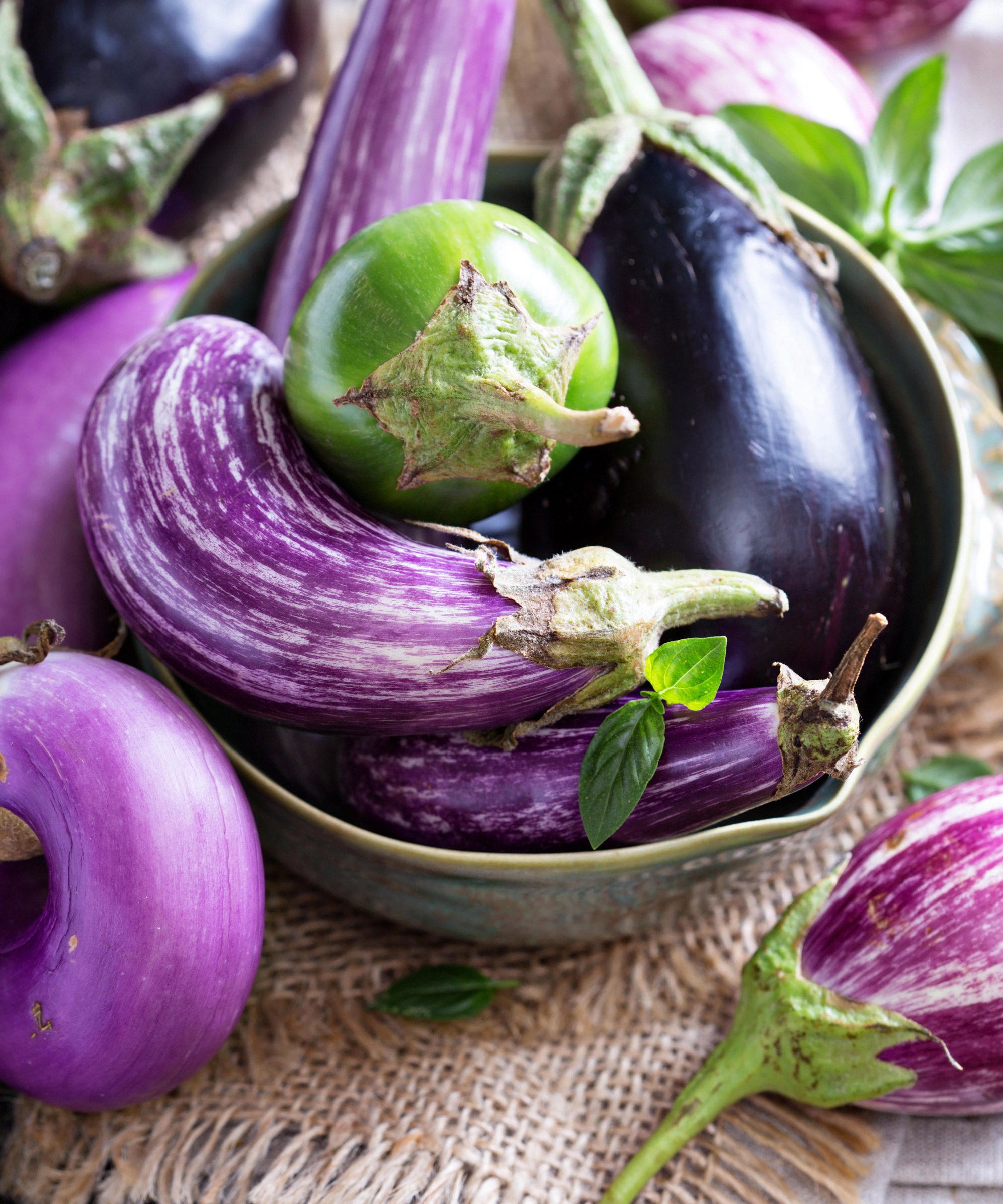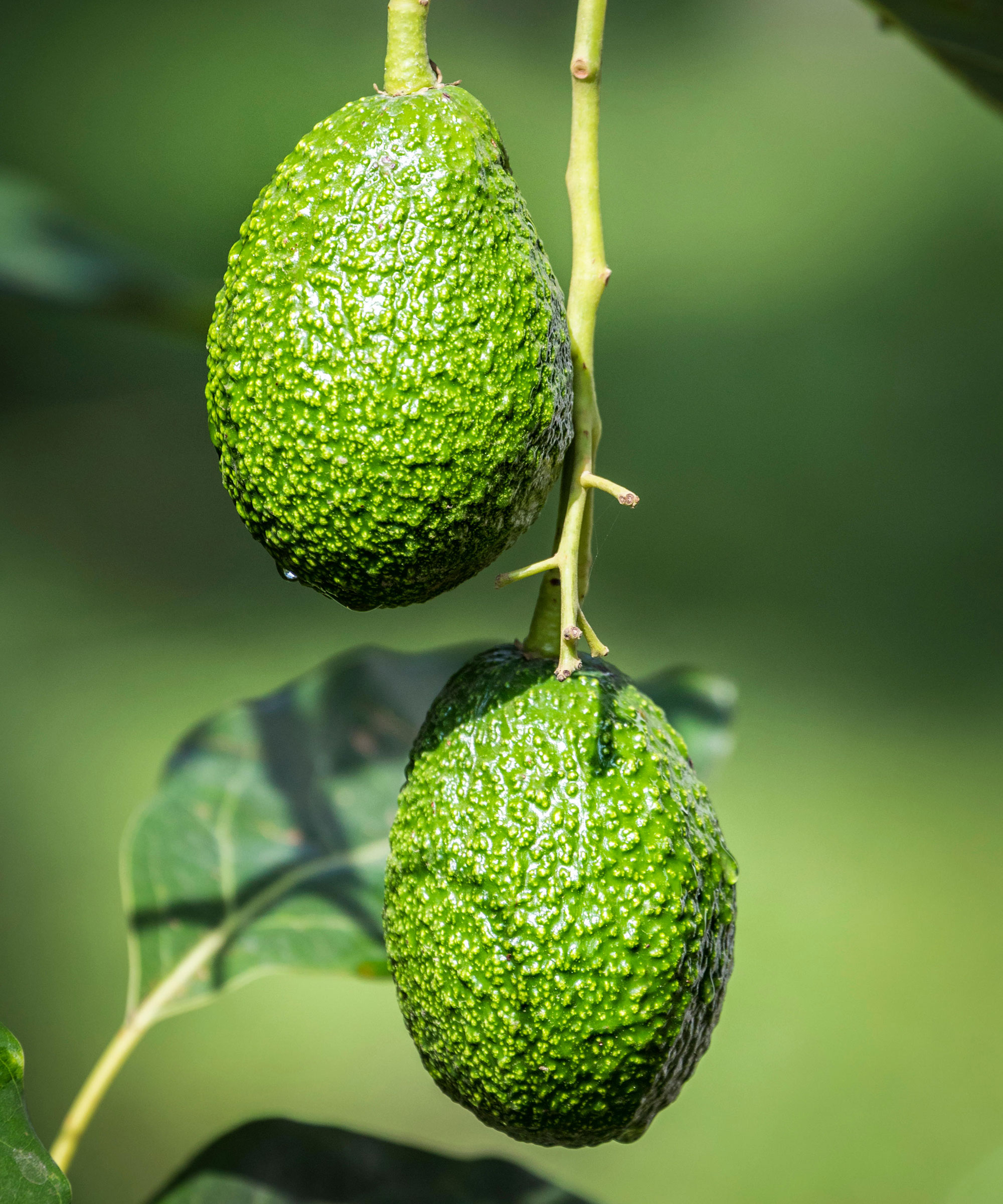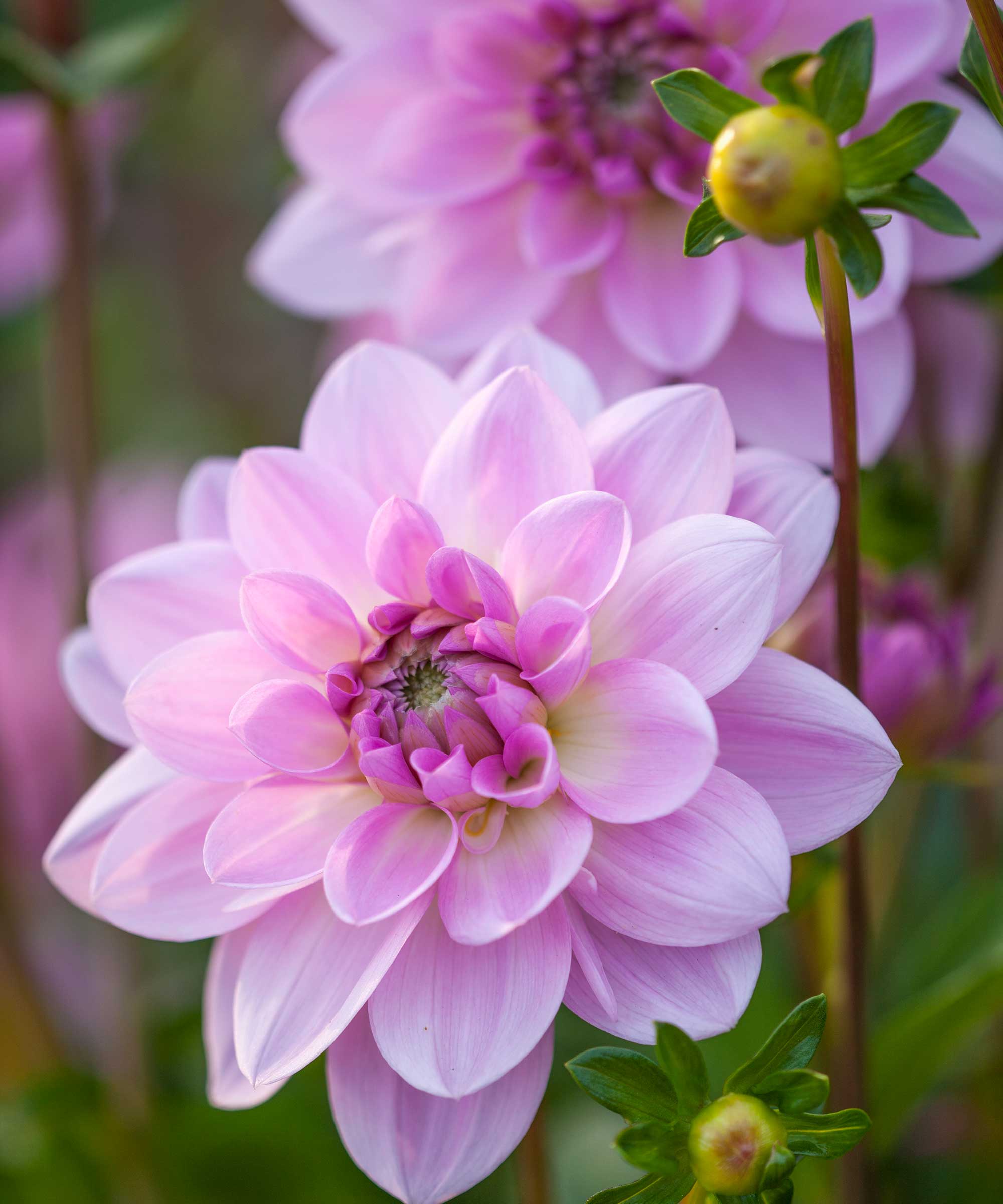US hardiness zone 9 – and expert advice on what to plant
Everything you need to know about how to garden and what will grow well in USDA hardiness zone 9


Some plants wait dormant through the coldest of all winters and emerge fresh and ready to grow in the spring. Others will be singed by a chilly breeze and wiped out by a light frost. So how do we know where plants fit on this spectrum?
The USDA has divided the country into 13 zones, depending on the average coldest winter temperature. These zones are shown in bands on the USDA Hardiness Zone map and numbered zone 1 (with the coldest winters) to zone 13 (with the warmest winters). But how do we choose the right plants that will be happy in the backyard conditions of US hardiness zone 9? We all need a little guidance and advice on which trees, shrubs, perennials and other plants are naturally adapted to the winters in our individual situations.
Luckily, just about every plant we grow has been rated for hardiness by the American Horticultural Society and other experts. A plant’s rating is shown on plant tags, on websites and in catalogs. Match a plant’s rating to the zone with the same number and you have the answer, it’s easy to see which plants will survive the winter in your area.

Egglplants will produce healthy crops in US hardiness zone 9
US hardiness zone 9 explained
Gardens in zone 9 only experience the lightest of frost, and then not always every year. The ground is never frozen for long periods or to any depth and this allows a huge range of extra plants to be grown compared with zone 8 and colder zones. But remember that a rare late frost can be damaging.
Remember, too, that not all gardens are the same. Some are near the sea or slope towards the sea, some are in valleys, some have mountains or lakes or tall buildings nearby. All these factors influence exactly how cold your winters are.
Gardening in zone 9

You can grow avocados with confidence in US hardiness zone 9
From trees to annuals, the range of choices is greatly expanded and, although deciduous trees and shrubs are less common, many plants grown as annuals in older zones can survive the winter. Subtropical vegetables and fruits from eggplants to avocados can be planted outside with confidence. Many palms will thrive in zone 9.
In zone 9, the average lowest winter temperatures fall in the range of 20F and 30F.
- Choose plants rated as suitable for zone 9, but be flexible – it really is well worth trying zone 10 plants. At the other end of the scale, plants hardy in zone 3 or zone 4 may find zone 9 too warm.
- There will be no need to use hoop houses or low tunnels to protect crops from early and spring frosts. And instead of starting seeds in a sun room, many can started in pots outside, or in the ground.
- Mulching is valuable, but not so much to protect plants from frost, as in colder zones, but to keep roots cool. But remember: never pile the mulch against tree trunks.
- Watering in the dry season may prove necessary, especially in areas of the yard bordering mature shrubs and trees. Always try to use drip irrigation as sprinklers waste a huge amount of water.
- This is the zone where you can be confident of being able to grow subtropical and tropical fruits including avocados, citrus of all kinds, olives, passion fruit and star fruit.
- Be aware that trees and shrubs planted in zone 9 may grow taller, and develop more quickly, in these mild temperatures than they would in cooler areas. Vines, in particular, may grow too strongly for the situation in which they’re planted and so need trimming back more often than you expect.
Zone 9 main features

Passionflower vines thrive in zone 9
Average coldest winter temperatures in zone 9 fall to between 20F and 30F.
Zone 5a has a minimum average temperature of 20F to 25F. Zone 4b has a minimum average temperature of 25F to 30F.
Only a small part of the south of the country is rated zone 9. From central Florida along the coast of Louisiana and Texas and then through New Mexico, Arizona and much of California.
The first frost date of the winter is usually about November 25 – December 13, the last frost date of the winter is usually about February 6 – December 13.
Plants for zone 9

Deciduous trees
Bitternut Hickory Tree (Carya cordiformis) A narrow tree with shining, pale green, boldly divided leaves that turn yellow in fall and large nuts that are mostly ignored by squirrels.
Sourwood Tree (Oxydendrum arboreum) Tiny, white, well-scented summer flowers hang in elegant airy sprays, there’s also fiery fall color. Best planted when small.
Also try: Purple orchid tree (Bauhinia variegata).
Evergreen trees
Ponytail palm (Beaucarnea recurvata) The swollen base of the trunk tapers until topped with a cascade of slender fronds. A modestly sized palm for smaller spaces.
Italian cypress (Cupressus sempervirens) This slender, upright, needle evergreen with its slightly bluish leaves, makes a striking statement. Dislikes wet conditions.
Also try: Chinese Flame (Koelreuteria bipinnata).
Deciduous shrubs
Tree peony (Paeonia suffruticosa) Huge single or double flowers in exotic colors and combinations, the mild climate spares the frost-tender new growth.
Flowering quince (Chaenomales) Very early flowering and very tough, the single or double, apple-like flowers in reds, pinks and white. Look for thorn-free varieties.
Also try: Knockout roses (Rosa Knockout Series).
Evergreen shrubs
Gardenia (Gardenia) Spectacularly fragrant, with single or double white flowers on plants that never grow too tall. Tolerates drought, hates wet soil. Good in containers.
Oleander (Nerium oleander) Broad-leaved evergreen with clusters of summer flowers in reds, pinks and white. Thrives in a container.
Also try: Sago palm (Cycas revoluta).
Vines
Passion flower (Passiflora) Vigorous vines, clinging by tendrils, with extraordinary flowers in many colors, often followed by orange fruits (some are edible).
Texan clematis (Clematis texensis and its hybrids) Bell-shaped flowers in reds and pinks have prettily flared tips to the pointed petals.
Also try: Coral honeysuckle (Lonicera sempervirens).
Perennials
Dahlia (Dahlia) Flamboyant plants in a huge range of single or double daisy flowers in an unbelievable choice of colors and color combinations.
Gingerlily (Hedychium) Upright stems carry bold, exotic-looking foliage topped with spikes of small, orchid-like flowers in orange and yellow shades.
Also try: Gerbera daisy (Gerbera).
Natives
Swamp lily (Crinum americanum) Moisture loving bulb, with stems topped by up to a dozen, usually white, fragrant flowers each with six slender petals.
Scarlet sage (Salvia splendens) Cone-shaped heads of vivid scarlet flowers set amongst dark green leaves. Now also in many other colors and color combinations.
Also try: Spider lily (Hymenocallis).
Annuals
Morning glory (Ipomoea) Twining vine with flared flowers in sky blue, purple and many other colors and patterns, including striped. Flowers open early for only day – but keep on coming.
Petunia (Petunia) Long flowering, easy-to-grow plants for ground cover, borders, and containers of all kinds.
Also try: Nasturtium (Tropaeolum majus).
Vegetables
Okra: Dark green (or sometimes red), five-angled pods follow pretty, trumpet-shaped cream flowers. Flowers and pods both edible.
Eggplant: All varieties from the well-known varieties with large purple fruits to the pretty varieties with egg-shaped white fruits, thrive outside in Zone 9.
Also try: Chili peppers.
Fruits
Citrus: All citrus will thrive in zone 9, in the ground or in containers. Lemons are the most dependable. Makes a handsome small tree needing no pruning. Hates drought.
Olive: An attractive, small, grey-leaved tree for well-drained soils. Fruits best when at least two trees are grow near to each other.
Also try: Avocado.
If you enjoy growing subtropical and tropical fruits including avocados, citrus of all kinds, olives, passion fruit and star fruit, they will all thrive in the heat of zone 9. Here are some more tropical garden ideas to inspire your planting choices.
Sign up to the Homes & Gardens newsletter
Design expertise in your inbox – from inspiring decorating ideas and beautiful celebrity homes to practical gardening advice and shopping round-ups.

Graham Rice is a garden writer who has won awards for his work online, and in books and magazines, on both sides of the Atlantic. He is a member of a number of Royal Horticultural Society committees and the recipient of the 2021 Garden Media Guild Lifetime Achievement Award. He gardened in Pennsylvania for 20 years, but has recently returned to his native England.
-
 Extend the lifespan of your appliance with 5 simple but crucial washing machine maintenance tips
Extend the lifespan of your appliance with 5 simple but crucial washing machine maintenance tipsFrom cleaning the filters to keeping the door open, experts reveal the washer tips they swear by
By Andy van Terheyden Published
-
 These are the 6 must-have colors to decorate with in April 2025
These are the 6 must-have colors to decorate with in April 2025What do retro-inspired yellows and beautiful blues all have in common? They're on our hot list for the season ahead
By Sophia Pouget de St Victor Published